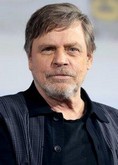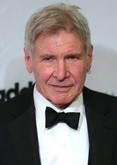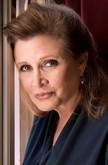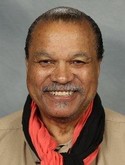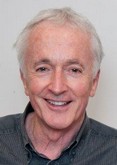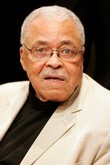
Star Wars: Episode VI - Return of the Jedi (1983)

Raiting: ![]() 8,2 /10
8,2 /10
Genre: Scifi
Director: Richard Marquand
Stars: Mark Hamill, Carrie Fisher and Harrison Ford
Country: United States
Release date: 25 May 1983
Length: 134 minutes / 135 minutes (special edition)
